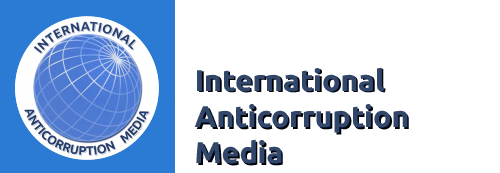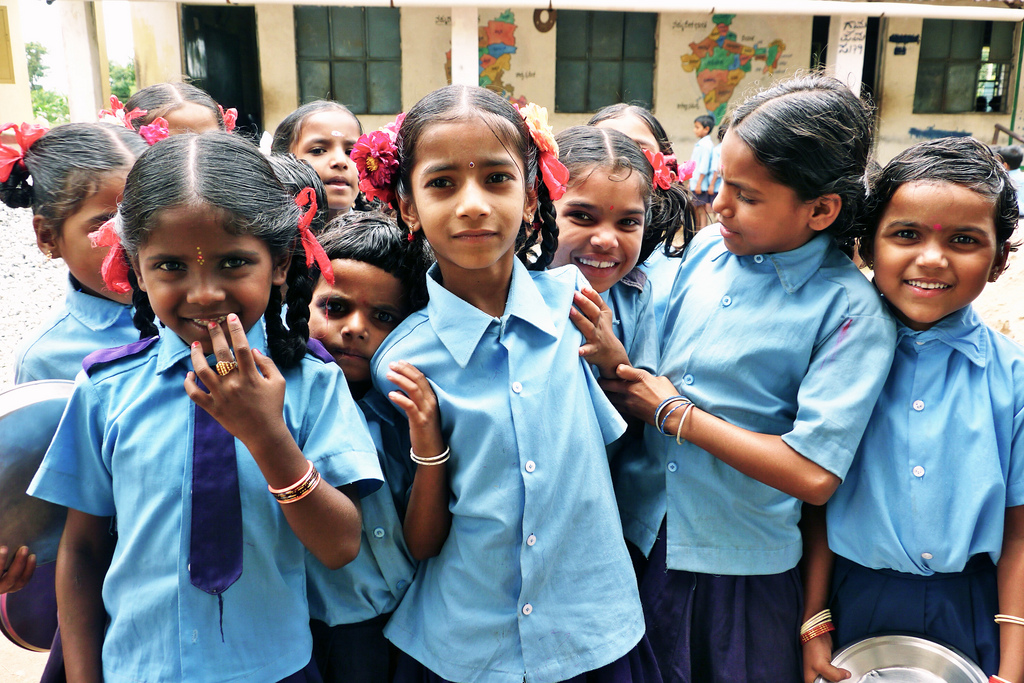This material belongs to: First Post.
The evidence that the noble-sounding Right of Children to Free and Compulsory Education Act, 2009, popularly known at the RTE Act, is a flawed and ineffective piece of legislation keeps on mounting.
As if the Annual Status of Education Report 2016 (ASER 2016), published by Pratham, showing that attendance as well as learning levels had deteriorated since the Act came into force weren’t enough, the report of the Comptroller and Auditor General (CAG) on the implementation of the Act not only confirms this, but also outs an open secret – the irregularities and corruption that the Act gives rise to.
Of course, it doesn’t use the ‘C’ word but the signals are pretty clear to any discerning person used to the ways of babudom. The report also confirms the ASER findings and shows that the Act may not be getting all children into school, which is why it was legislated in the first place.
The fact that the RTE Act has given rise to new sources of corruption – recognition/de-recognition of schools, compliance with infrastructure norms and reimbursement of fees for students from poor backgrounds – is well-known. It just wasn’t spoken about openly. But it can no longer be brushed under the carpet now.
Take the issue of reimbursement. Section 12 of the Act requires private unaided recognised schools to reserve 25 percent of seats for students from economically weaker sections. They are to get reimbursed for this. The CAG report points to several cases of excessive or irregular reimbursements.
In Bihar, a total of Rs 1.18 crore was reimbursed to 90 unrecognised schools. In Madhya Pradesh, 303 unrecognised schools were reimbursed Rs 1.01 crore. In Karnataka, 124 schools were reimbursed Rs 80 lakh in excess; the reimbursement covered expenditure heads that were not allowed. In Uttarakhand, Rs 19 lakh was reimbursed to 14 madarsas though schools imparting religious education are not covered by the Act. Could all this have not happened without palms being greased?
Sure, that’s really loose change, compared to the levels of corruption one is used to hearing about. But, one, these just relate to the selected districts in states that the CAG audited and, two, the trivial amounts do not – and should not – detract from the fact that RTE Act is encouraging corruption.
There were also cases of schools who should have been reimbursed not getting their money because they had reportedly not completed the necessary paperwork. In both Karnataka and Madhya Pradesh, the CAG found the amount irregularly lying in the savings bank accounts of the relevant authorities. Talk to schools across the country and there will be a flood of stories about how reimbursements are delayed or denied if there are no kickbacks.
The CAG report found many instances of schools continuing to function without recognition. In two districts of Chhattisgarh, for example, 70 schools had been recommended for de-recognition; only 12 had been de-recognised. In the audited districts of Gujarat, 2,502 schools and in Kerala, 1,666 schools were functioning without recognition. In one district of Uttarakhand 109 schools were functioning without recognition. Is this possible without money exchanging hands?
One of the conditions for recognition is compliance with certain stipulated infrastructure and pupil-teacher ratio norms. Thousands of schools have been shut down for not complying with these provisions.
According to data from the National Independent Schools Alliance, over 4,000 schools were shut in 2015 and another 3,300-odd in the January-October 2016 period (the last period for which data is available).
Does that mean all recognised and government schools adhere to the norms? This is what the CAG report found: in Chandigarh a government school building had major cracks in the beams, making it unsafe; in Tripura one school was functioning from an anganwadi centre since 2004, and another was functioning out of a bamboo shed; in Puducherry, 17 schools did not have a playground, in another classes were being held in a dilapidated kitchen; in Tamil Nadu, schools were being run in dilapidated buildings, in building with asbestos roofs and in one, classes were being held in the corridors. In Uttar Pradesh, 105 schools had no buildings and 403 were being run in dilapidated buildings.
The RTE stipulates a teacher-pupil ratio of 1:30 within three years of the Act coming into force. So, by March 2013, all schools should have had one teacher for every 30 students. The Act also bars single-teacher schools. This is supposed to ensure students get better attention and learning levels improve.
The reality: the CAG report shows that these norms were not being followed in several states. In Chattisgarh in 2015-16, 14 percent primary schools and 15 percent upper primary schools had an adverse pupil-teacher ratio. In Bihar, the ratio was in the 50-60 per student range. In Andhra Pradesh, 16 percent upper primary schools and 5 percent primary schools had an adverse pupil-teacher ratio.
Single-teacher schools functioned in Bihar, Madhya Pradesh, Gujarat, Haryana, Odisha, Punjab, Rajasthan and Tamil Nadu – with the number ranging from a low 1 percent in Bihar to 14-15 percent in Madhya Pradesh and Andhra Pradesh.
If it has failed in all this, has the RTE Act succeeded in its main objective – ensuring that all children go to school because it is their fundamental right to do so? Well, mining data from the Unified District Information System for Education (UDISE), the CAG report shows that the net enrolment ratio (NER) in primary education (Class 1-V) has declined steadily from 96 percent in 2012-13 to 87.3 percent in 2015-16. (The NER is the enrolment in a state of education as a percentage of children in the relevant school age range). The NER in upper primary (Class VI-VIII) also fell steadily from 73.7 percent in 2012-13 to 72.48 percent in 2014-15, though it has gone up to 74.74 percent in 2015-16.
But how will governments get children into school when they don’t know how many are out of school? The CAG report also shows that most state governments are clueless about the number of children in the zero to 14 years age group, those attending schools, those not in schools. Rule 10 of the RTE Rules requires state governments to conduct regular household surveys to get this information. However, 21 states had not done so.
Ensuring universal elementary education is an ideal that every country must strive towards. India’s record in this is way behind many smaller economies. It is ranked 135 in education index of the World Bank’s Human Development Index, below Tajikistan, Vanuatu, Guatemala, Guyana and Kyrgyzstan, to name a few. The education index is calculated using the mean years of schooling ad expected years of schooling. The mean years of schooling in the case of India is 6.3 against 10 in Tajikistan and Kyrgyzstan and 8.4 in Guyana. This cannot be the springboard for sustained higher growth rates with this record.
The Right to Education is not the, well, right way to ensure a sound foundation for an educated society. Critics had always pointed out that all it does is perpetuate inspector raj and concomitant corruption in education. The CAG report confirms this.


